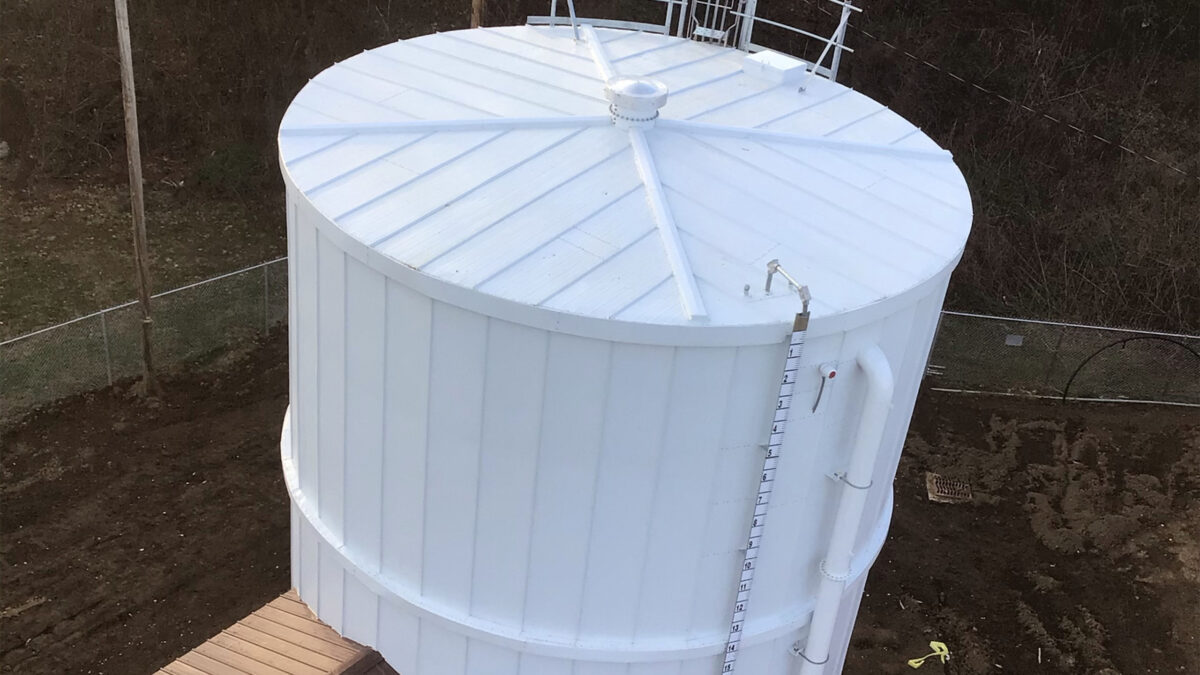Constructing Precision-Engineered Storage Tanks: A Technical Overview
The fabrication of storage tanks is a process approached with meticulous attention to detail by our engineering teams. This article aims to provide a comprehensive overview of the procedural steps undertaken to ensure the structural integrity and operational success of storage tanks designed for a variety of applications.
Given the diverse requirements of storage tank construction, based on tank dimensions and intended use, the methodology may be adapted; however, the core stages of installation are universally applicable.
Initial Site Preparation
Selecting an optimal location forms the foundational step in tank construction. Critical considerations include:
- Soil stability analysis
- Strategic accessibility evaluation
- Proximity analysis regarding utilities
Subsequent to the determination of an appropriate site, the preparation phase involves vegetation clearance, ground leveling, and conditioning to facilitate the onset of construction activities.
Foundation Engineering
Comparable to the principle that a robust house requires a solid foundation, the construction of a storage tank begins with establishing a strong base. The foundation options predominantly include a reinforced concrete pad or a compacted gravel base, tailored to the specific load requirements and structural specifications of the tank.
Shell Assembly
The assembly phase marks the commencement of the tank’s physical construction. Utilizing high-grade steel plates, the tank’s shell is constructed in a sequential layering process, with each ring securely fastened to its predecessor. The adoption of bolted connections over welding techniques significantly enhances assembly efficiency, reducing installation time compared to conventional methods.
Roof Installation
Following the shell assembly, the construction of the roof involves the installation of structural supports, beams, and decking, culminating in the placement of the roof. Specialized roofing structures, such as geodesic domes, are integrated at this juncture as per design requirements.
Integration of Safety and Accessibility Features
To facilitate maintenance and operational integrity, the addition of ladders, platforms, guardrails, and anti-slip surfaces is essential. These features are designed to ensure safe and convenient access for maintenance personnel and staff.
Fitting and Connection Configuration
The operational functionality of storage tanks often necessitates the integration with external systems. Accordingly, our team installs essential fittings including valves, vents, and connections to accommodate supply lines, pumps, and ancillary equipment, ensuring compatibility with the tank’s intended application.
Comprehensive Testing and Certification
Ensuring compliance with industry standards (e.g., AWWA, Eurocode) is paramount. Our team conducts thorough leak detection, and visual inspections to certify the tank’s integrity and operational readiness, adhering to rigorous quality assurance protocols.
Project Finalization
Upon successful completion of testing and inspection phases, a final review is conducted to ensure all components are securely integrated and fully operational, marking the readiness of the tank for service.
Collaborative Engagement and Expertise
At FORGE, our engineering team brings extensive experience in design and construction to each project, committed to delivering tailored solutions that meet specific application needs and site conditions. We pride ourselves on quality installations and enduring customer relationships.
For storage tank solutions and expert consultation, we invite you to dialogue with our team. Explore how our engineering expertise can serve your storage requirements by requesting a quote or engaging with our professionals today.







